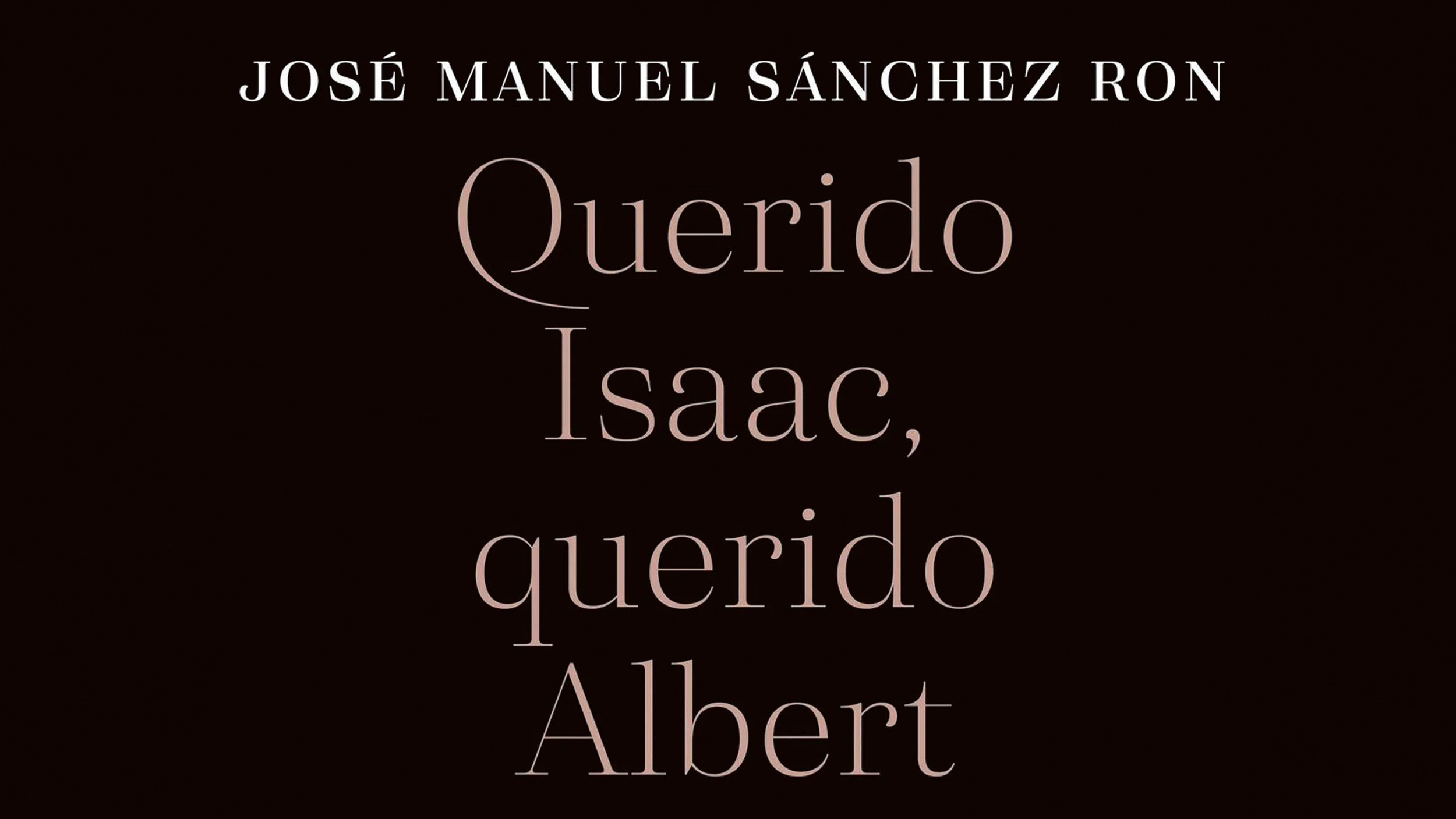
When reviewing the latest work of the historian, professor, and academician José Manuel Sánchez Ron – which follows Como al león por sus garras and El poder de la ciencia – so great is the challenge of tackling its size that I only dare to apply the procedure he himself used in El Cultural, where he selected four letters – from Newton, Lavoisier, Einstein, and Crick – to give an idea of his book’s rich variety of contents. I for my part have chosen Galileo, Humboldt, Curie, and Cajal to make four brushstrokes of the themes running through the volume, the 76 chapters of which weave epistolary documentation with biographical texts and commentaries that situate the fragments in their scientific, but also political, social, and cultural contexts.
The link between science and power, the peaceful or belligerent use of any discovery, is well explained in the several sections that deal with the Manhattan Project, but perhaps comes through with particular clarity in the letter Galileo wrote in 1609 to the Doge of Venice, in which he offered “a new device involving a telescope made from the most accurate study of distances… that will be a great help in maritime and land enterprises… has the advantage of discovering ships of the enemy two hours before they can be seen with the natural vision… [so we can] judge their strength and be ready to chase them, fight them, or flee from them.”
The fascination that nature holds and the aesthetic emotion that studying it arouses is admirably reflected in what Alexander von Humboldt sent his brother Wilhelm in 1799 from the Port of Orotava: “I got back from the Pico yesterday, at night! What a spectacle! What joy! We went down to the bottom of the crater… the boiling sulphur vapors made holes in our clothes… above us, the deep blue celestial vault; old streams of lava at my feet; everything around this scene of desolation (3 square miles of pumice stone), forests of laurels; down there, far away, vineyards amid which clusters of banana trees reach all the way to the sea, pretty little villages along the coast, the sea and all seven islands.”
The role of women in science, which has a tragic moment in the letter where Clara Immerwahr, a brilliant chemist who would take her life in 1915, expresses her insatisfaction with her marriage (“what Fritz has gained these past eight years… is what I have lost”), can nonetheless be illustrated through the positive example of Marie Curie, who after a difficult youth in Poland, always had the support of her husband, Pierre, as his letter to the Swedish mathematician Gösta Mittag-Leffler shows: “You were very kind to inform me that I have been mentioned for the Nobel Prize. I do not know if this noise has much consistency, but if it is true that they are seriously thinking of me, I very much wish to be considered together with Madame Curie with respect to our research on radioactive bodies. It is in fact her original work that has determined the discovery of new elements.”
Finally, the generosity of the scientific community in sharing information on the vissicitudes of research efforts is pathetically illustrated by Cajal’s missive to a disciple in 1934, two days before he died, when illness and fatigue did not keep him from giving detailed advice: “I have a serious case of colitis that has lasted close to two months and does not let me leave my bed, nor eat nor write. I received your work on the mouse’s hippocampus… The mouse is not very good for a structural study. It is hard to describe short axon cells… Why have you not worked on the 20- or 40-day rabbit? Cox provided me with a splendid loose arborization of short axon cells and numerous details, which do not always go well with Golgi’s method.” And to close, I quote Sánchez Ron himself: “With one foot in the grave, unable to get out of bed, Santiago Ramón y Cajal continued to be the scientist and teacher he always was.”







